Seunggwangjae, the Last Royal Residence
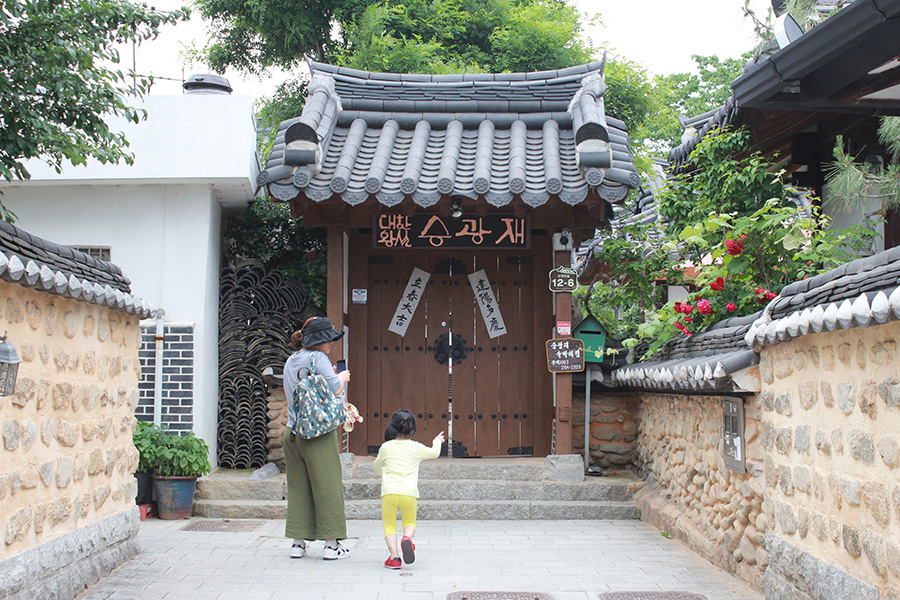
Even the warmest weather in the recorded history of Korea cannot seem to stop people from visiting Jeonju. This summer holiday season has seen the tourists filling the streets and alleyways of Jeonju Hanok Village.
While walking the streets of the Hanok Village, you might come across people staring around in front of the gate of an elegant-looking hanok residence. It’s Seunggwangjae, the residence of the last surviving member of the Joseon Dynasty royal house.
The traditional beauty of Seunggwangjae
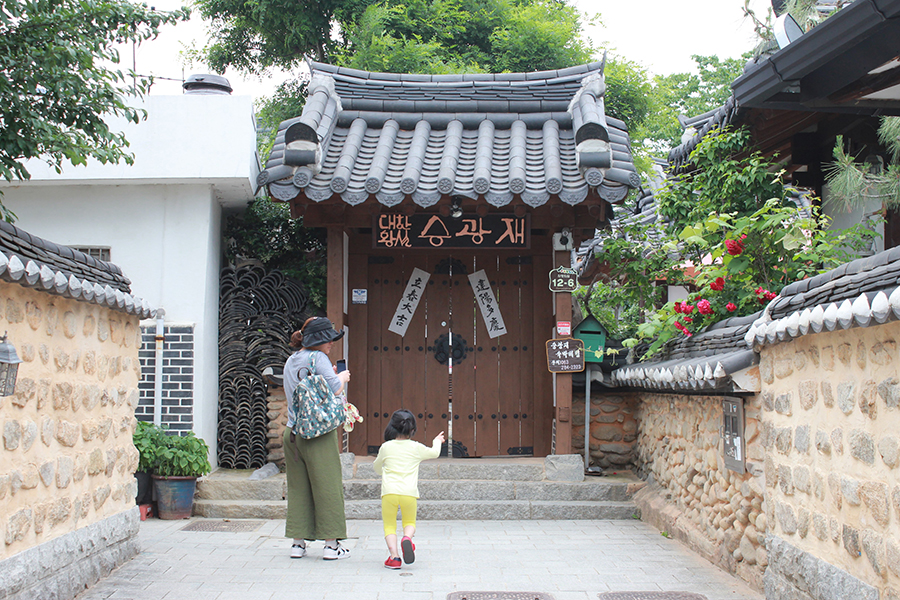
Jeonju is famous not only for bibimbap and hanji paper. The city is the birthplace of the Joseon Dynasty. It’s the reason why the Gyeonggijeon Palace (hosting the royal portrait of King Taejo, the founder of the Joseon Dynasty) is built in Jeonju. Seunggwangjae is also very symbolic in this regard.

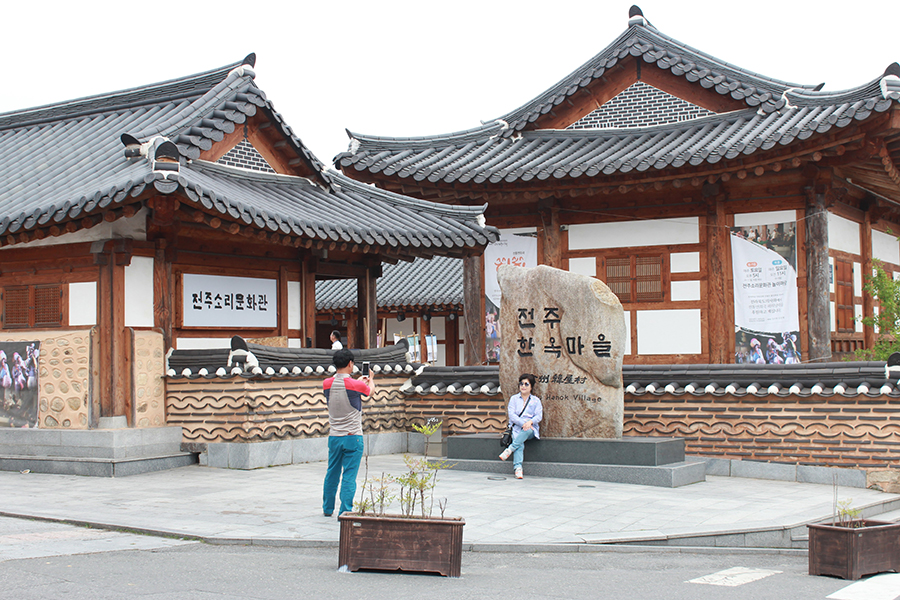
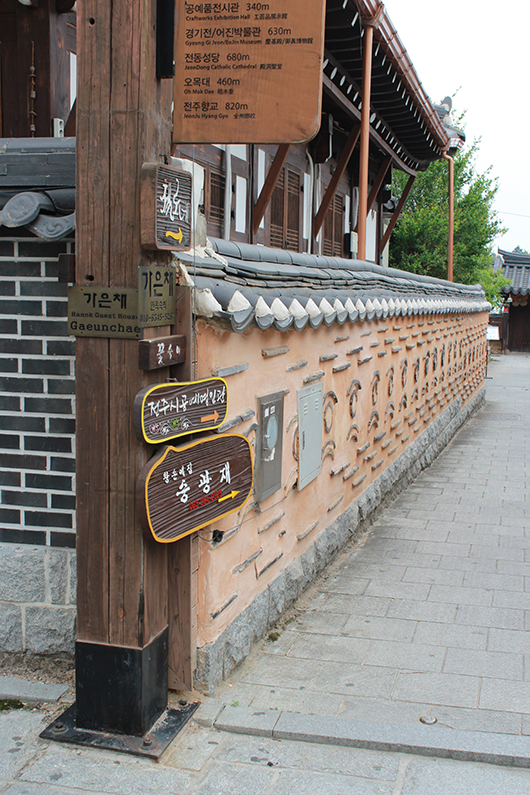
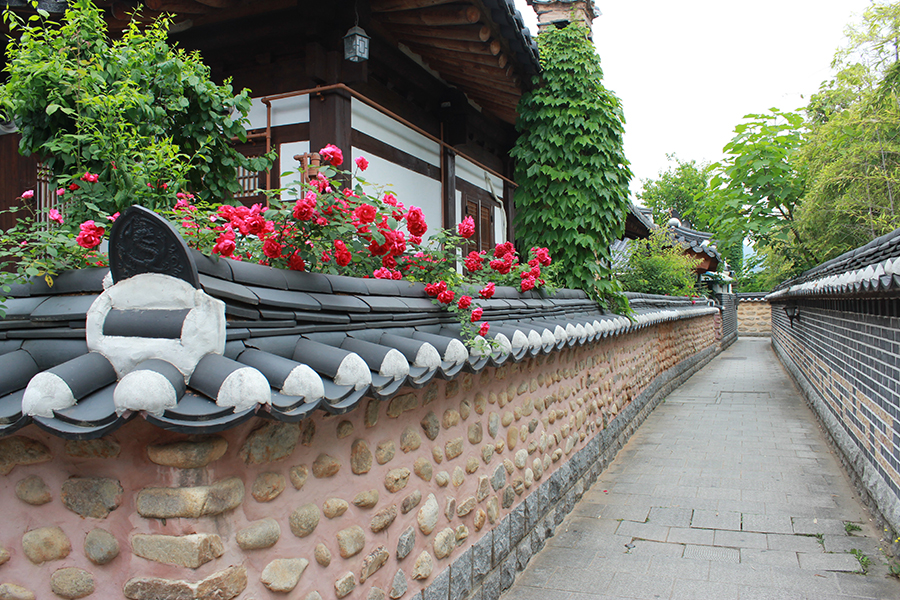
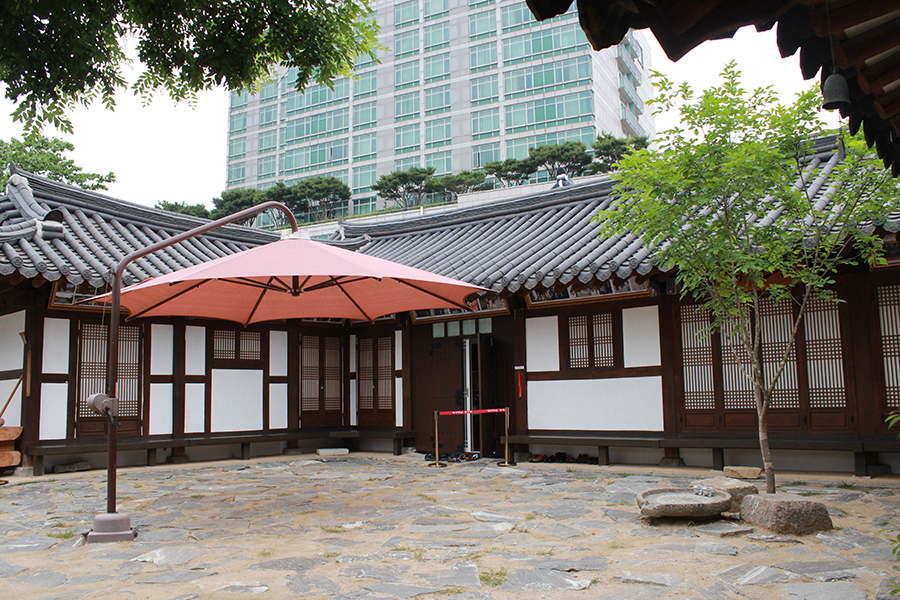
Seunggwangjae is very close to the public parking lot of Jeonju Hanok Village. The alleyway system of the century-old Hanok Village is labyrinthine even for the locals. But if you pay close attention, you’ll be able to find the guideboard that leads to Seunggwangjae.
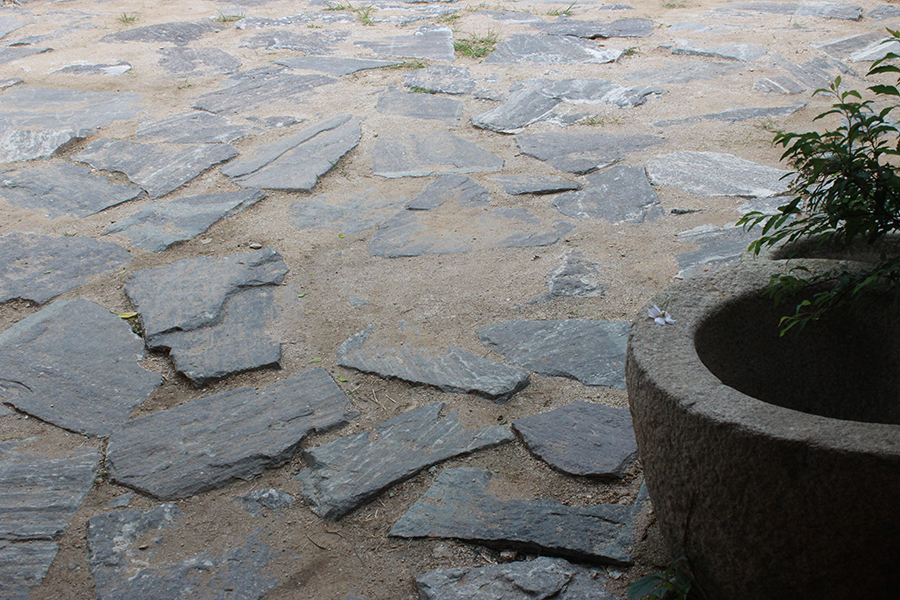
Seunggwangjae is a traditional Korean-style hanok building. As you enter the gate, you’ll come across the courtyard paved with thin flat granite stones. These stones are also found in the royal palaces in Seoul. They’re called ‘baksuk’. The surface of baksuk is rather unlevel to prevent light reflections and, more interestingly, to force people to attend to their behaviour when walking on the courtyard. Seunggwangjae seemed like a smaller palace to me.
The many faces of Seunggwangjae
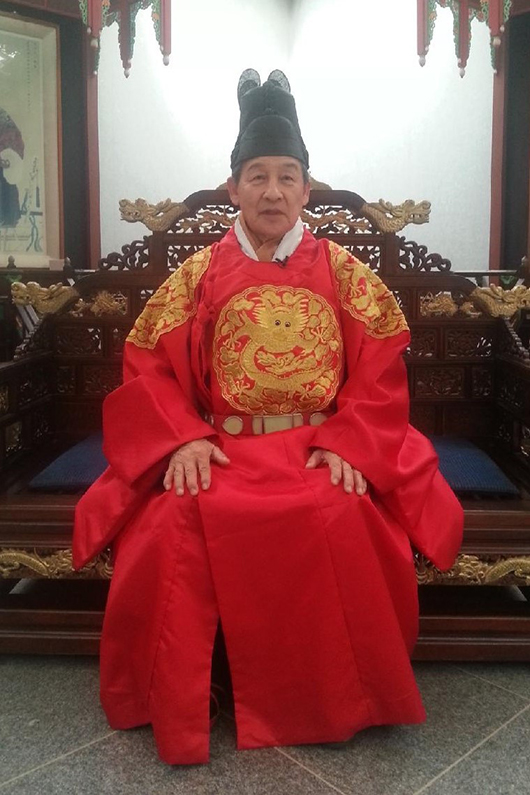
Mr. Lee Seok, the grandson of Emperor Gojong of the Joseon Dynasty, lives in Seunggwangjae. The name of the residence implies “following the footsteps of Emperor Gojong”. Therefore, something always seems to be happening in Seunggwangjae.
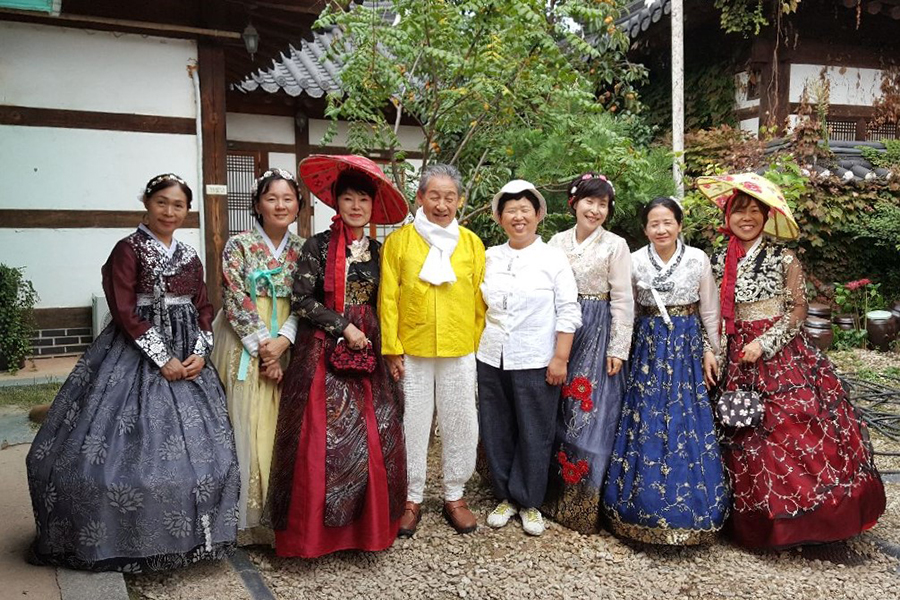
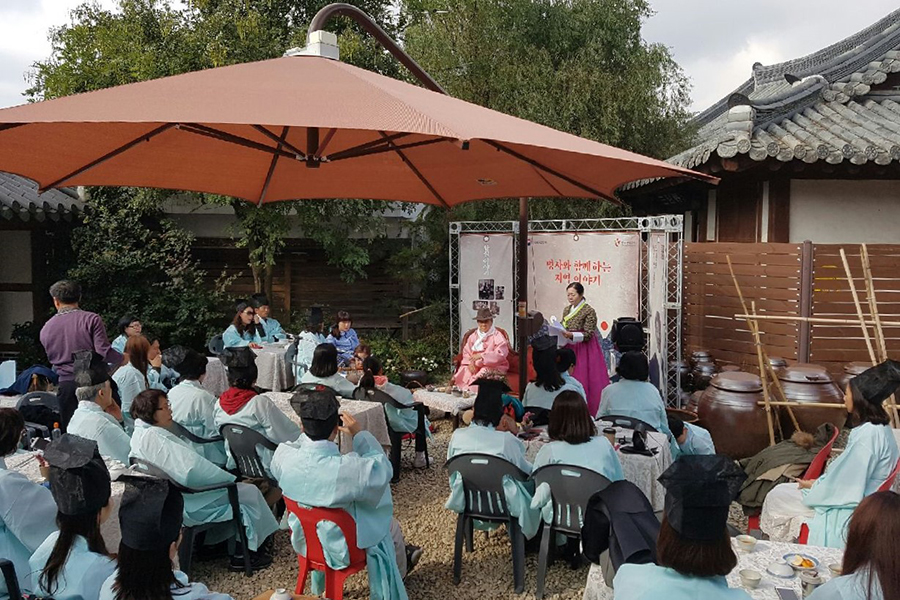
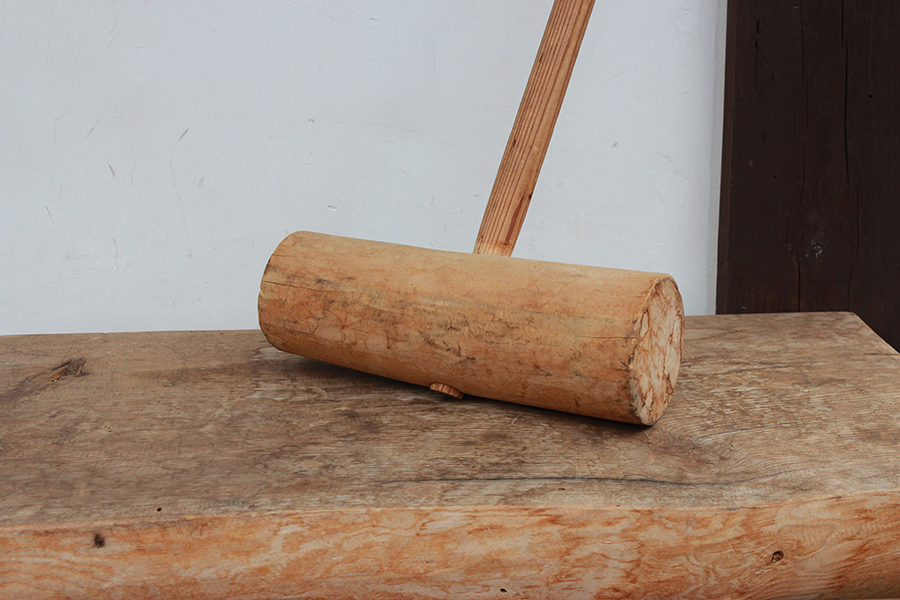
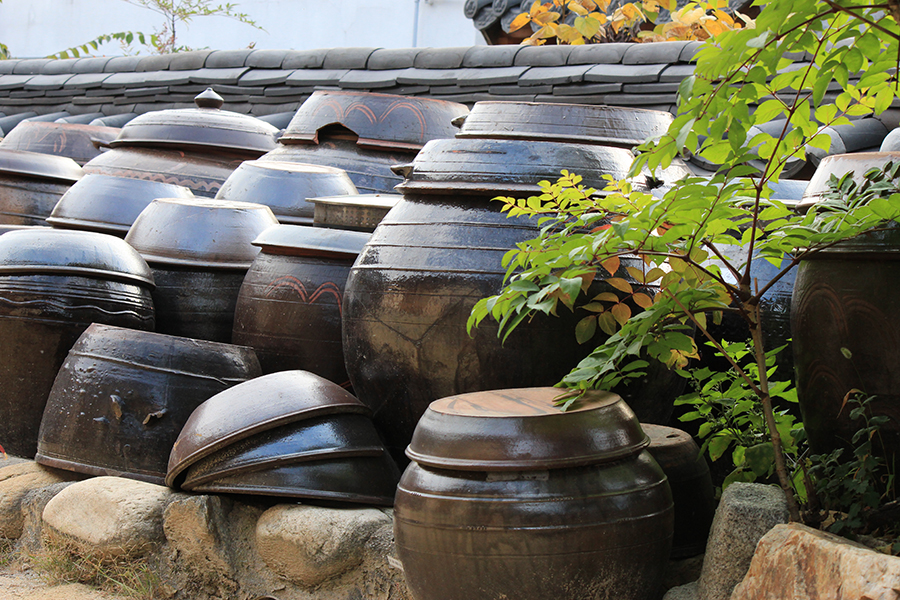
In Seunggwangjae, Mr. Lee Seok lectures on the tradition, culture, and history of the royal household. You can also take photos in hanbok costume, make rice cakes, or participate in the traditional tea ceremony.
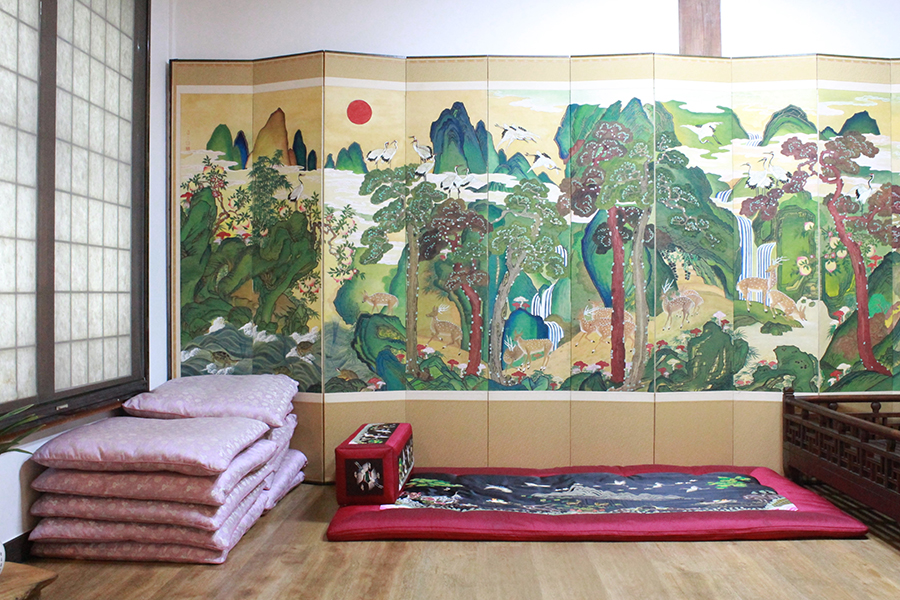

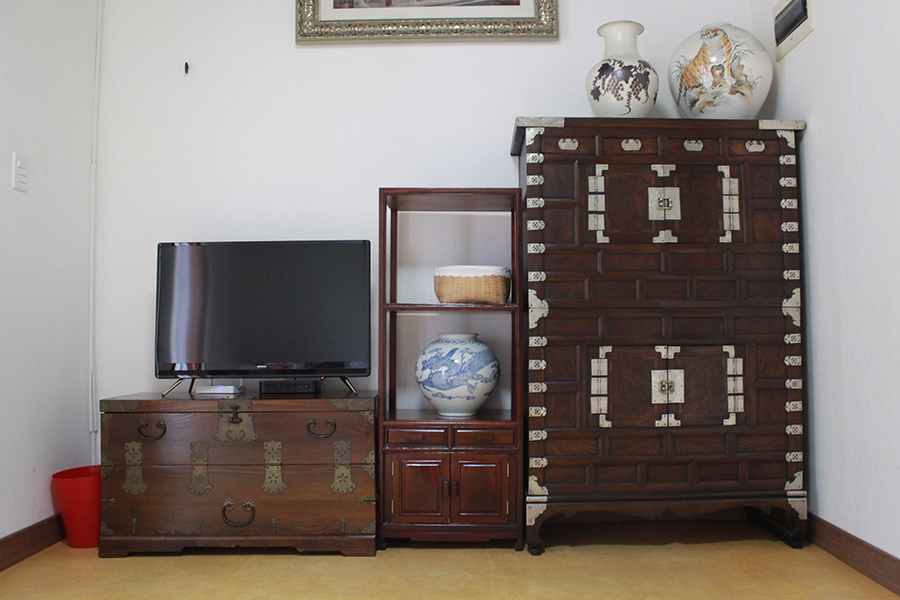
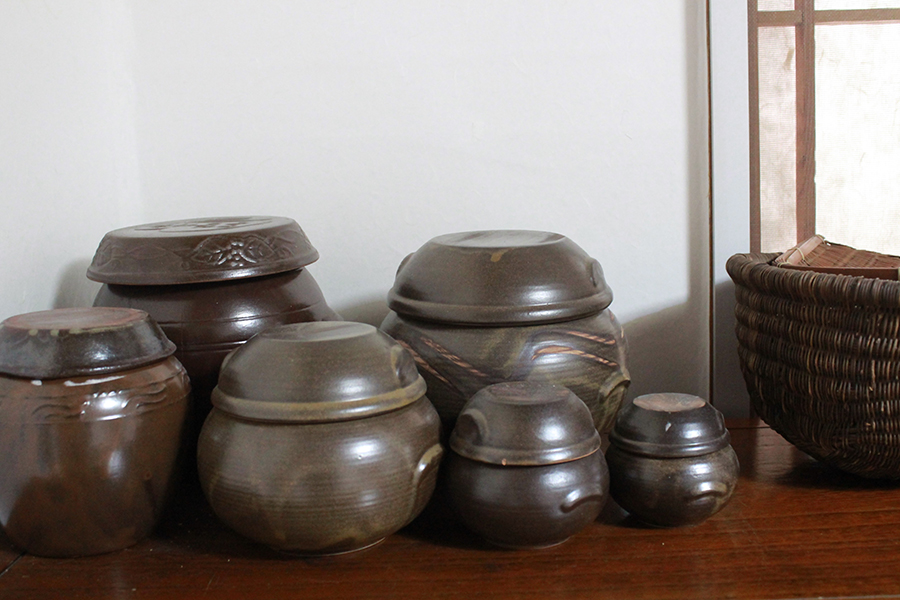
Seunggwangjae also provides accommodation to visitors looking for a stay in a hanok building. It will be very interesting to learn the stories of the last royal household of Korea while staying in such a symbolic place.
Get to know the last royal family members
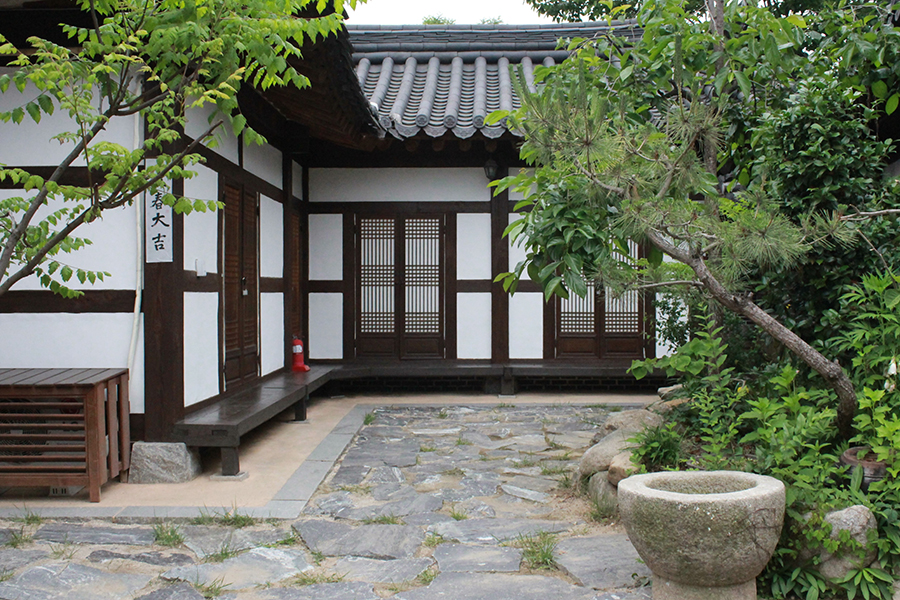
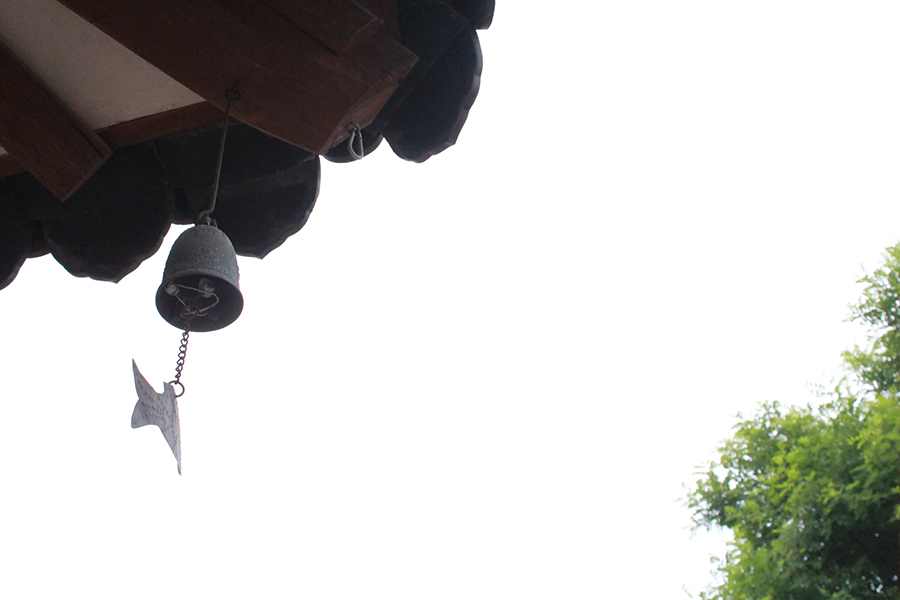
More people are visiting Senggwangjae these days, especially to meet Mr. Lee Seok and share his experiences. The place seems to be getting busier and busier every time I visit.
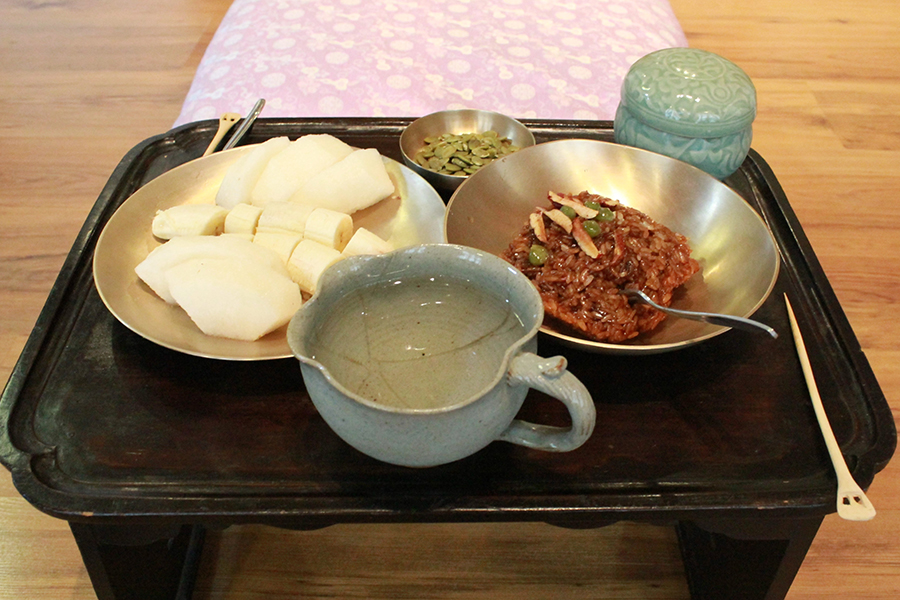
In the past, the lady of Seunggwangjae used to provide noodle dishes to the visitors. But she stopped since the number of visitors surged. But I was still given the tea and snacks prepared on a century-old table. She and I shared our travel stories. Although well into their 70s, she and Mr. Lee are healthy enough to travel from time to time.

It’s very interesting that the last royal family members are living in the cultural and traditional center of Jeonju Hanok Village, also the birthplace of the Joseon Dynasty. If you say hi to Mr. Lee while walking the streets of Jeonju Hanok Village he’ll be very happy. The residents of Seunggwangjae are very friendly and eager to welcome the visitors.
-
Phinn Tan
-
Aysha

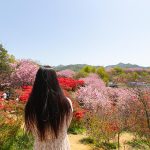
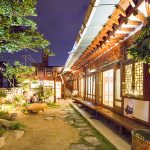

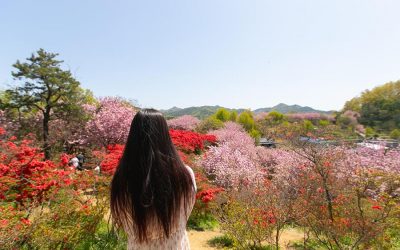

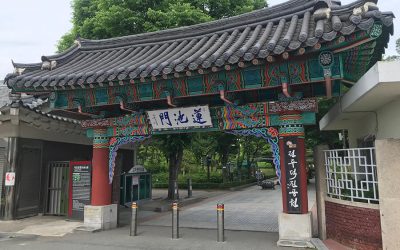
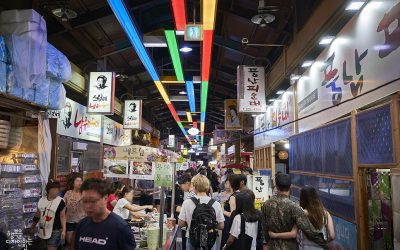
Recent Comments